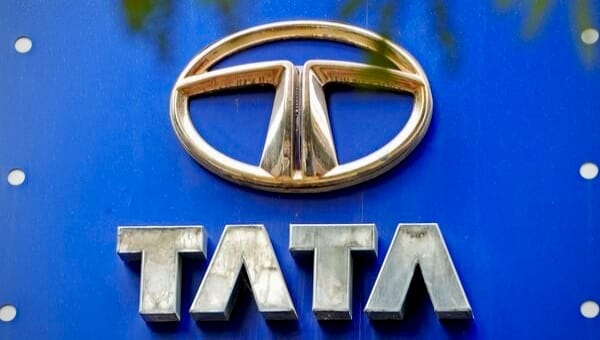Large Indian IT Firms Lag the Stock Market Rally as Global Headwinds Strengthen
Uncertainty over US and EU regulations puts India’s top technology firms on the defensive, even as benchmark indices break records.

Indian IT’s Divergence from the Market
India’s stock market has been a standout performer in September 2025, with banking, consumption, and industrial stocks all hitting record highs. Yet, in stark contrast, the country’s largest IT exporters—TCS, Infosys, Wipro, and HCLTech—have failed to join the party. This growing divergence between Indian IT and the broader market has investors and analysts rethinking sector fundamentals in light of a shifting global regulatory climate.
Key Result: A Quarter of Cautious Growth
The Q2 FY25 earnings season highlighted the cautious mood across the IT sector. Infosys and TCS reported single-digit revenue growth, reflecting ongoing hesitancy among major global clients, particularly in North America. Deal wins were solid but not spectacular, and margin guidance remained muted. Wipro, in particular, saw a rare revenue contraction year-on-year, despite improving profitability through cost rationalization initiatives. These results were a sharp contrast to major bank and industrial stocks, which delivered outsized earnings and investor enthusiasm.
Business and Investor Impact: Outflows and Valuation Challenges
Foreign portfolio investors, who once favored Indian IT as a secular growth story, have turned net sellers in 2025. Sectoral indices have fallen by double digits, and valuations—once buoyed by digital transformation optimism—have corrected. Buybacks and dividend payouts have only partially mitigated the pain. With over 60% of sector revenue sourced from North America, any conversation about new US regulations or macro uncertainty immediately dents sentiment. Institutional investors are rotating capital into “safer” domestic stories in banking and infrastructure.
Global Regulatory Context: Tariffs, Outsourcing Taxes, and Data Rules
A thick layer of global regulatory fog hangs over India’s tech giants. The proposed 25% US outsourcing tax, although not yet law, has already led American tech buyers to re-evaluate contracts, leading to delayed or renegotiated deals. At the same time, the Trump administration’s expanded tariff regime—covering not just manufacturing but also selected digital and IT services—has spooked both clients and vendors. Meanwhile, the EU’s stricter data localization and digital service tax frameworks have added new compliance costs and further uncertainty to deal pipelines.
Expert Commentary: Navigating a Complex Landscape
“Indian IT companies are up against the most complicated external environment in a decade,” observes Amitandra, VP at HDFC, in a Reuters analysis. “US tax rhetoric and growing protectionism lengthen deal cycles and force clients to press pause on transformation projects.” Siddharth Singh Bhaisora, a sector specialist at Wright Research, notes that foreign investors are wary; “There’s a noticeable pullback from foreign capital, but also the early signs of a long-term value opportunity if regulatory clouds clear and global tech spending rebounds.”
Siddharth Singh Bhaisora, an analyst specializing in global tech at Wright Research, adds, “We’re seeing sharp foreign portfolio outflows, primarily from risk aversion among global investors who are skeptical about near-term discretionary tech spend. At the same time, YTD valuation resets might open up longer-term re-entry points should US economic growth surprise on the upside.
Future Outlook
Despite the near-term gloom, Indian IT’s structural story remains intact. Global clients will eventually need to accelerate digital transformation and cloud adoption, offering an avenue for growth if regulatory risks abate. Analysts forecast sector revenue growth of 4–6% for FY26, well below pre-pandemic peaks but above developed market IT peers. In the meantime, leaders are likely to focus on operational discipline, cost control, selective hiring, and increased domestic and Asia-Pacific business to buffer global volatility.








